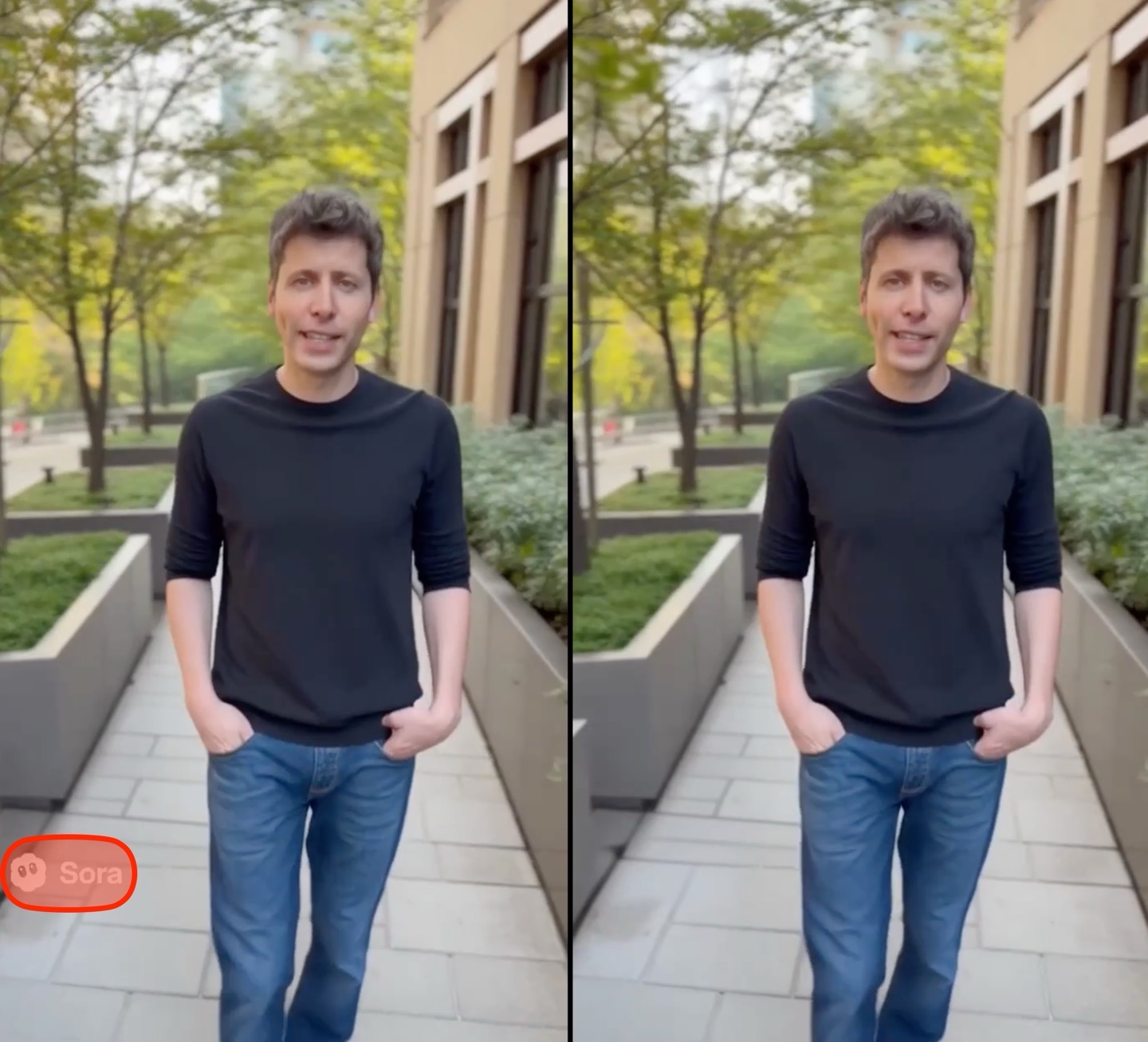The ClickFix campaign, which was first announced in May, has undergone significant changes since its inception. Attackers are now taking advantage of the popularity of Google Meet to send phishing emails that look like real meeting invitations. When victims click on the link, they are directed to a fake Google Meet page, where a pop-up notification informs them of a technical issue. Clicking the “try fix” button downloads malicious code that installs data-stealing malware on the victim’s device.
The malware used in these attacks varies but typically includes Stealc, Rhadamanthys, and AMOS Stealer.
Cybersecurity company Sekoia also detected other platforms used by attackers to spread viruses, including Zoom, PDF readers, pirated video games, web3 browsers and instant messaging programs.
Source: Ferra
I am a professional journalist and content creator with extensive experience writing for news websites. I currently work as an author at Gadget Onus, where I specialize in covering hot news topics. My written pieces have been published on some of the biggest media outlets around the world, including The Guardian and BBC News.










